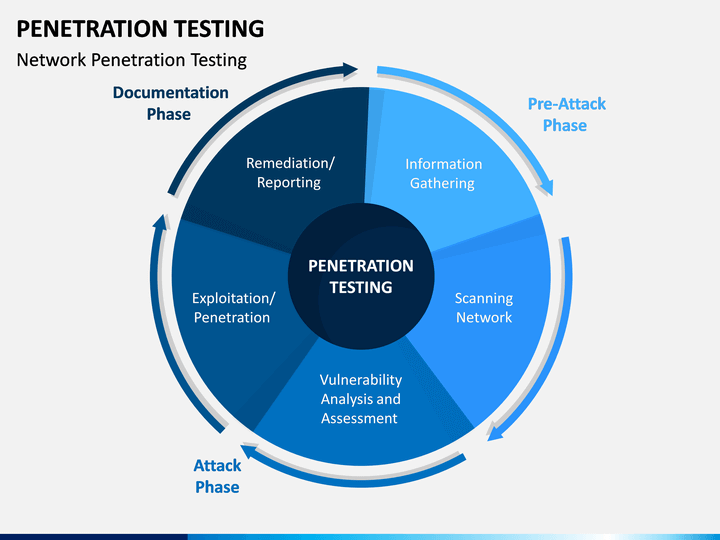Pen Testing: A Definite Way to Assess the Organization’s Cybersecurity Vulnerabilities

What is Penetration Testing?
Penetration testing is a security exercise where a cyber-security specialist effort to find and exploit weaknesses in a computer system. The purpose of this pretend attack is to identify any weak spots in a system’s defenses that cybercriminals could take benefit of. In the milieu of web application security, usually, penetration testing is used to expand a web application firewall (WAF).
Who Performs Pen Tests?
Penetration testing is a complete way of testing an organization’s cybersecurity vulnerabilities. A penetration tester is a kind of network security consultant that tries to disrupt into or find possible exploits in diverse software and computer systems.
You can think of them as a kind of ethical hacker. Generally, they are anticipated to run a number of tests, usually based around network penetration, and complete assessment reports about what they have revealed. While they will frequently be running pre-determined test types, they will also be designing their individual tests a huge portion of the time, which necessitates imagination and creativity, along with a superb level of technical knowledge and expertise.
Many ethical hackers are knowledgeable developers with cutting-edge degrees and certification for pen-testing. Instead, some of the finest ethical hackers are self-taught. In fact, some are reformed criminal hackers who use their expertise and knowledge to help fix security errors rather than exploit them. The best candidate to perform a pen test can differ significantly relying on the target company and what sort of pen test they want to initiate.
Types of Pen Testing:
• White Box Pen Test – In a white box pen testing, the hacker will be providing some pertinent information ahead of time regarding the security information of the target company.
• Black Box Pen Test – It is known as a ‘blind’ test. In this text, the hacker is given no contextual information besides the target company’s name.
• Covert Pen Test – It is known as a ‘double-blind’ pen test. It is a state of affairs where almost no one in the company is aware of the pen testing is going to happen, including the Information Technology and security professionals who will be replying to the attack. For secret tests, it is particularly significant for the hacker to have the scope and other particulars of the test in writing earlier to evade any complications with law enforcement.
• External Pen Test – In an external test, the ethical hacker intensifies against the external-facing technology of the company, such as their websites and external network servers. In some cases, the hacker may not even be permitted to enter the building of the company. This can mean steering the attack from a remote location or perform the test from a van or truck parked nearby.
• Internal Pen Test – In an internal test, the ethical hacker carries out the test from the internal network of the company. This sort of test is valuable in determining how many injuries a discontented employee can cause from behind the firewall of the company.
Penetration Testing Phases:
Following are the phases of penetration testing.

- Reconnaissance – It is the method of collecting information before deployment of any real attacks.
- Enumeration – It is a unique process of identifying the probable entry points into the target system.
- Vulnerability Analysis – It is a robust process that defines, locates, and classifies the security leaks in a network, computer, or application.
- Exploitation – It is a definite process of enabling pen testers to compromise a system and expose to additional attacks.
- Reporting – It is the procedure of documenting all the phases that led to an efficacious attack during the test.
What Happens in the Completion of a Pen Test?
After completion of pen test, the ethical hackers are required to share their findings with the target company’s security team. Such information can then be used to implement security upgrades effectively to stop any vulnerabilities exposed during the test. These upgrades can include limiting rate, DDoS mitigation, new WAF rules as well as tighter form sanitization and validations.
Being a Pentester, it is your responsibility to yield error-free software artifacts. Henceforth, you will definitely know about completely the foundation concepts in software testing like Penetration testing.
You can follow us on Instagram, Linkedin, Twitter & Reddit for daily Cybersecurity, Hacking news, and Hacking Tips & tricks updates









